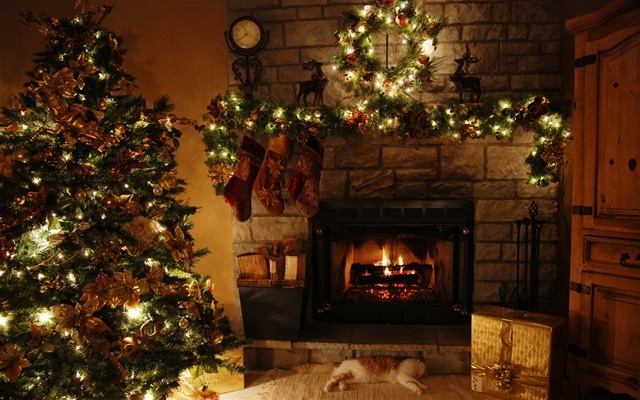Christmas Tree Care 101
We can hardly believe it, but Christmas is right around the corner! Many of us will be picking out a Christmas tree soon (or if you’re anything like us, you’ve already picked it out, put it up, and had it decorated before dessert was served on Thanksgiving…..)
But there’s a little more to it than that!
To help you avoid having a Charlie Brown Christmas tree moment over the holiday season, we’ve put together a guide for choosing, caring for, and properly disposing of your tree this year.
Buying a tree
- Look for a freshly-cut tree. These are often available from local nurseries, or you can find a place that will let you cut your own. Many of the trees you see for sale were cut weeks before.
- Some places will lure you in with the promise that you can replant your Christmas tree. However, it’s worth keeping in mind that very few of these trees survive after being indoors in the winter. Freshly-cut trees are farmed specifically for their purpose and help support local agriculture.
- The top-selling Christmas trees are Scotch pine, Douglas fir, white pine, and balsam fir. These species are almost always a safe bet!
- If you see a carpet of needles on the ground around the trees on display, look somewhere else. A tree that is fresh will have needles that don’t fall off, something you can check by pulling your hand towards you along a branch.
- If you are looking for a tree you can keep potted and in the house after Christmas, a Norfolk Island pine is your best choice. Check with a local florist or nursery for availability.
Caring for your tree
- If possible, saw a little off the bottom of your tree’s trunk once you get it home, and before setting it in water. When a tree is cut, pitch oozes out and seals the pores. By sawing off a bit of the base, you’ll open those pores up, allowing the tree to better absorb water.
- Speaking of, watering is critical. Did you know that a freshly-cut tree can consume up to a gallon of water in 24 hours?
- Fill the tree stand with water as soon as possible, and keep it filled. Never let the water level go below the tree’s base.
- Keep your tree away from heating ducts and other heat sources. The lower the temperature, the better your tree will do!
- We know someone who always packed his tree stand with well-watered soil, then planted the tree in the mixture. He swore this kept his Christmas tree fresh throughout the season! If you decide to try this, keep in mind that the soil should always be kept wet. Remember — water is the single most important element in keeping your tree healthy.
Disposing of your tree after Christmas
There are a lot of options for disposing of your tree once the holidays have passed. These are just a few!
- If you have a bird feeder in your yard, you can prop your tree there as a staging area for small birds.
- Trim the branches, then saw the trunk into several pieces. Tie the pieces together and store in a dry place. This will make an aromatic fire!
- Create a bird feeder and shelter by stringing your tree with orange slices, bread, or other bird-friendly treats.
- Use the branches as mulch in the garden.
- Scraps of fabric can be sewn together and filled with tree needles to make fragrant sachets. These can be used to freshen drawers or closets.
- Give the tree to a friend or neighbor who could use the wood.
And our most important tip of all: never leave your Christmas lights plugged in if you’re sleeping or if you leave the house. Holiday decoration and Christmas tree fires tend to be more damaging than other kinds of fires. They result in twice the injuries and five times the fatalities as the average winter holiday home fire. Safety above sparkle!
Our team here at Red’s Tree Service would like to extend our warmest wishes to you and your family for a wonderful Christmas season! We’ll see you back here in 2017!

